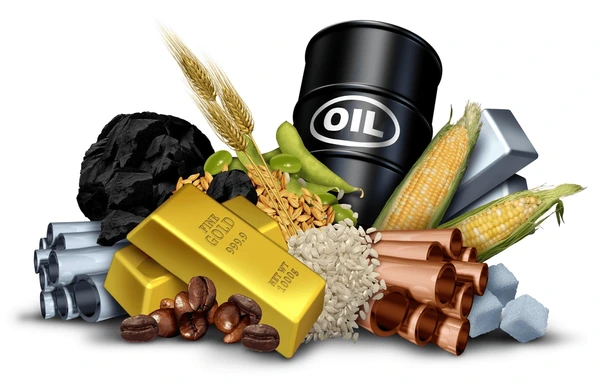


Directory of Turquoise suppliers in Sri Lanka
 Prasanna Mahawatta20 months ago
Prasanna Mahawatta20 months ago ProfileTurquoise, Ruby, Agate, Diamond, Lapis Lazuli, Amber, Topaz, Emerald, Jade, Charoite, Spinel, Chrysocolla, Pearl, Meteorite, Tanzanite
ProfileTurquoise, Ruby, Agate, Diamond, Lapis Lazuli, Amber, Topaz, Emerald, Jade, Charoite, Spinel, Chrysocolla, Pearl, Meteorite, Tanzanite Almufaz21 months ago
Almufaz21 months ago Profile
Profile


